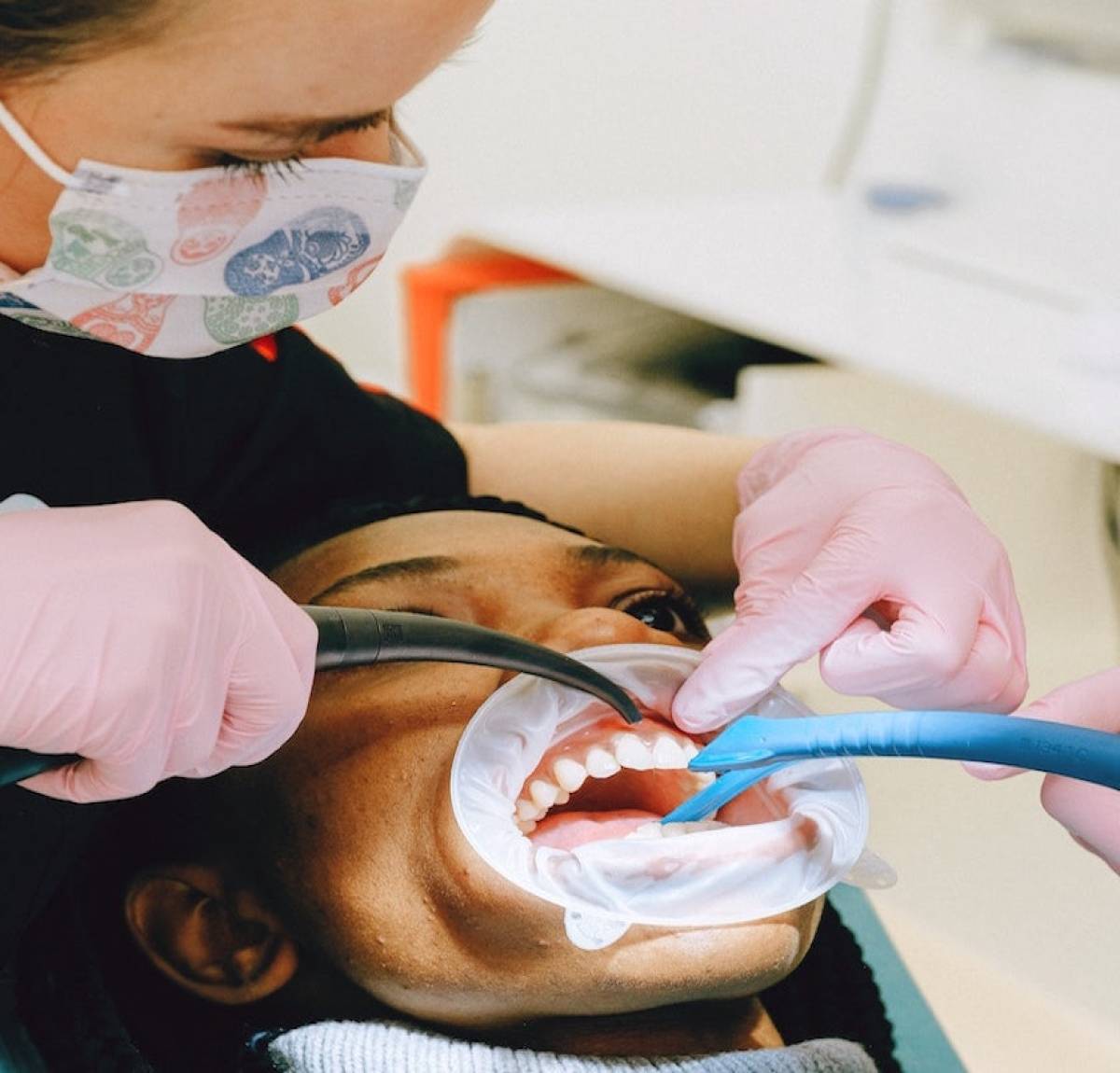The First Month After a Gingivectomy

If you’ve just had a gingivectomy (the surgical removal of gingiva, i.e. gum tissue) or you’re still thinking about getting it, it is important to understand what happens right after the procedure.
The next first month following a gingivectomy is crucial because not only are your gums still healing from the procedure, you might also still feel a little discomfort.
In this article, we break down what to expect and what you need to do in the first month after a gingivectomy for a faster recovery.
The Minimally-Invasive Procedure
A gingivectomy is a minimally-invasive procedure where a portion of the gum tissue surrounding the teeth is removed with a surgical scalpel or a low-frequency laser. This is performed for several different reasons such as the following:
- To remove infected gum tissue to prevent it from spreading
- To correct gum recession as a result of aging or injury
At times when the gums pull away from the teeth resulting pockets within the gum line, they become more prone to bacterial infection. In this case, gingivectomy is necessary to prevent periodontal disease and other gum infections.
The dentist trained in periodontal surgery trims and removes the gum tissue and the remaining gums are reattached around the teeth with sutures. After cleaning the area with saline, the dentist completes a surgical dressing that is kept on for about a week.
What Happens After the Gingivectomy?
After the gingivectomy, you will need time to rest and heal. There are things you might experience, so we listed down the main things to expect while your gums heal for the next month:
Pain and swelling
As the anesthesia wears off after the gingivectomy, you will most likely experience discomfort such as painand swelling. For this, you can use an ice pack for relief.
For the first two days, apply an ice pack over the area. On the third day when the swelling shrinks, you can replace the ice pack with a hot pack and place it over the area.
Apply the hot pack over the affected area for 20 minutes and take it off for another 20 minutes. Repeat the process until you experience significant relief.
Bleeding
Bleeding is also common after a gingivectomy. You will notice this a few hours after the procedure and this should go down after a day or two.
Avoid spitting or rinsing your mouth to let the wounds heal faster. However, when you still notice bleeding, take a cold and damp tea bag and apply it over the surgical site with slight pressure. Keep this on for 15 to 20 minutes. Repeat the process until the bleeding stops.
If the bleeding persists, contact your dentist right away.
Dental Hygiene and Healing
Keeping your mouth, teeth, and gums clean after surgery can be scary. However, there are ways to make dental hygiene and the rest of the healing process easier and painless.
Brushing and flossing
You can still brush and floss the untreated areas of your mouth. However, make sure to use a soft-bristled toothbrush, especially in the exposed areas that have been operated on. If the area is still covered by the gauze or dressing, only brush the surfaces of the teeth and make sure to do so gently.
Avoid flossing the operated area for a week after the gingivectomy, and stay away from undiluted mouthwash, salt water, or any harsh rinses during this period.
For extra cleaning, swab the operated areas gently with a Q-tip dipped or saturated with Peridex (chlorhexidine gluconate 0.12%) as prescribed by your dentist. You may do this before going to bed and then in the morning after your eating.
Eating and drinking
If the anesthesia has not yet worn off, avoid eating. This is because you might not be able to feel if you have aggravated or irritated the operated site.
Wait until the anesthesia has worn off, and prioritize food high in protein but are also easy to chew and swallow, such as eggs, yogurt, pasta, steamed vegetables, etc. This makes eating less painful and you also reduce the risk of delayed healing.
Avoid foods that may irritate the exposed operated areas as well. These include spicy, salty, acidic food, including foods and liquids that are either too hot or too cold.
Stay away from food that might get stuck in between your teeth as well so it would not be difficult to clean afterwards.
Do not use a straw when drinking as well. You might think using a straw when drinking is a good idea so the liquid does not affect the exposed areas, but it can disturb the blood clot and further delay healing.
Avoid carbonated and alcoholic beverages as well, at least for the next 48 hours after the gingivectomy procedure.
Alternate Dental Procedures
Generally, gingivectomy is performed when there is a need to remove gum tissue affected by infection or aging.
When the procedure is requested to alter the appearance of the gum for the sake of aesthetics and not because of a medical issue, this procedure will be called a gingivoplasty. During a gingivoplasty, the gum tissue is reshaped or trimmed so that more of the teeth are exposed.
If the surgical and healing process of the traditional gingivectomy sounds more daunting, you can also opt for laser treatment. It is a non-surgical alternative to gingivectomy.
While more expensive than the traditional approach, the laser treatment for the gums is getting more popular these days for a reason. Thanks to fewer traumas to the gums, the healing and recovery time is faster and you also experience less pain and swelling.
Understanding the recovery process
Gingivectomies can lead to a more beautiful smile, but there are important things to know about the recovery process. Before going home after the procedure, your dentist will tell you everything you need to know about what to expect and what you can do to make the healing process more comfortable and convenient for you.
It is important to take note of your dentist’s instructions and to be gentle to your gums and teeth, especially during the first month after the procedure. Your oral care routine will change, and the inside of your mouth will definitely feel more different.
The pain and discomfort following the procedure usually subsides within a few days to a week. However, whether or not you still feel pain after that, you still need to visit your dentist for a check-up to make sure your gums are healing well.
If you have doubts about taking care of your gums and teeth after the gingivectomy, do not hesitate to ask or consult your dentist.






















